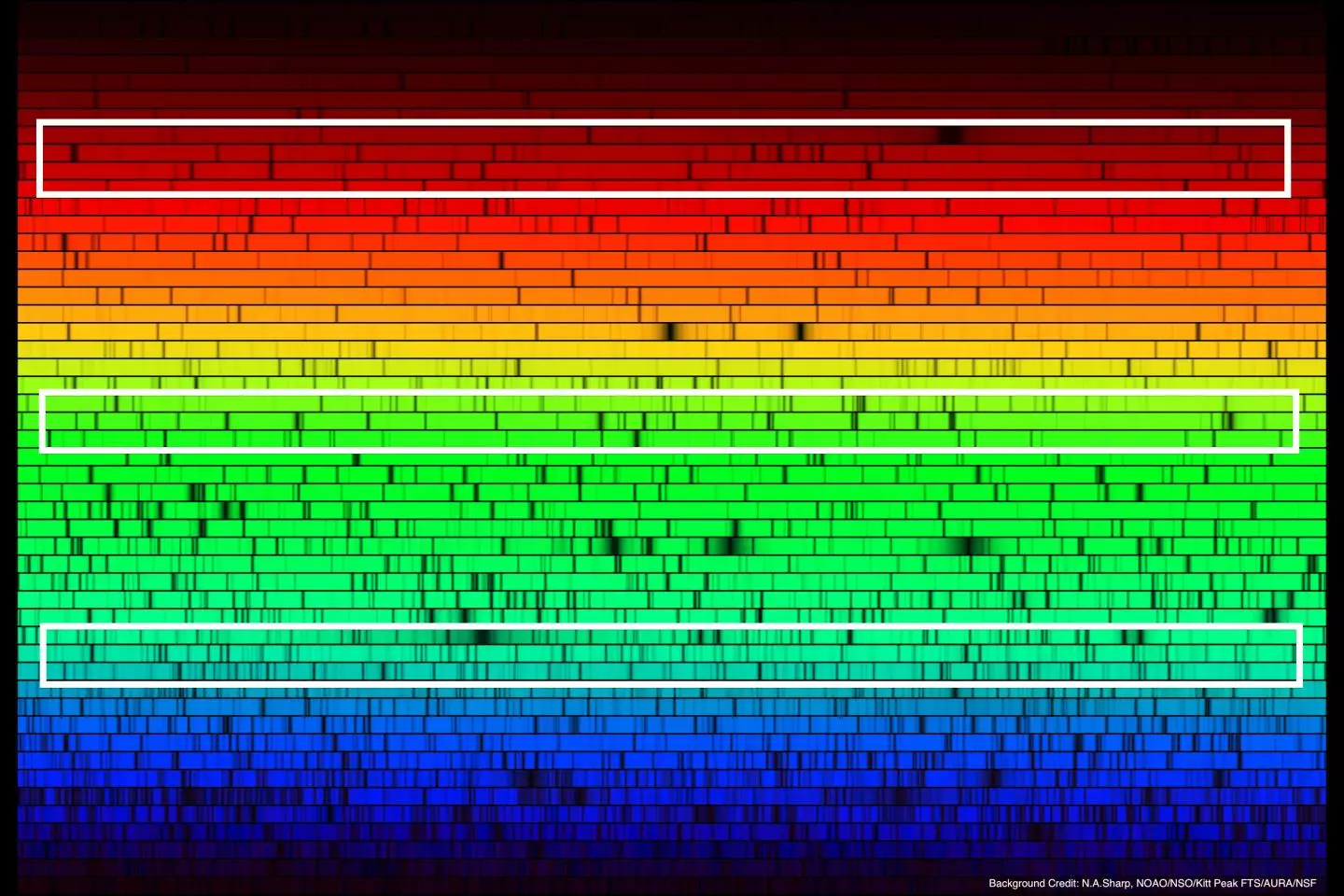An international team of astronomers has released survey data detailing the chemical fingerprints of over 340,000 stars. The observations could be used to identify stellar bodies that formed alongside our Sun billions of years ago, and have since been dispersed by the gravitational tug of war occurring throughout the Milky Way.
The treasure trove of stellar data was harvested as part of the Galactic Archaeology survey (GALAH), which was launched in 2013 with the goal of revealing how galaxies such as our own Milky Way come to form and evolve. By the time the survey draws to a close, GALAH is expected to have analyzed the light of a million stars.
The data was collected by the HERMES spectrograph, mounted on the Australian Astronomical Observatory's 3.9 m (12.8 ft) Anglo-Australian Telescope, located in New South Wales, Australia.
HERMES is designed to analyse the light emitted by a distant star, breaking it down into a rainbow-like spectrum of colors. The spectra created by HERMES are often riddled with black lines, which, depending on their location and width, reveal to astronomers which elements are present within a star, and in what quantities.

In a single hour, the advanced spectrometer, with the help of its telescopic mount, is capable of capturing enough light to create spectra for roughly 360 stars. However, even at this impressive rate, it still took the team of GALAH astronomers a grand total of 280 nights to observe the 340,000 stars included in the new release.
The data will be used by scientists to shed light on how the Universe transitioned from a relatively basic hydrogen and helium makeup in the wake of the Big Bang, to the rich and diverse cosmos we see today – containing a diverse array of elements, and capable of giving rise to life.
The observations made by HERMES and the GALAH scientists could also lead to the discovery of some of our Sun's many solar siblings.
Our Sun was born into a massive star cluster comprised of thousands of stellar bodies. Over time, the gravitational influence of elements within the Milky Way caused the group to break up, and migrate away.

The Sun eventually joined this exodus, and over the course of billions of years, its "relatives" scattered outward through the Milky Way, mixing in with the existing stellar population. But they can still be found.
All of the stars belonging to a cluster will share the same chemical fingerprint, as they all formed in the same stellar nursery. Therefore, if astronomers are able to discover stars with spectra closely matching that of our Sun, it is extremely likely that they all "grew up" together.
The publishing of the GALAH survey has been timed to coincide with the April 25 release of data collected by the European Space Agency's Gaia spacecraft. Gaia was launched in December 2013 with a mission to create the most comprehensive three-dimensional map of the Milky Way to date.
The April release will be truly massive, containing data on the locations of 1.6 billion stars. This dataset will be complimented by observations from the GALAH survey, which analyzed the motions and velocities of stellar bodies.
Source: The University of Sydney




